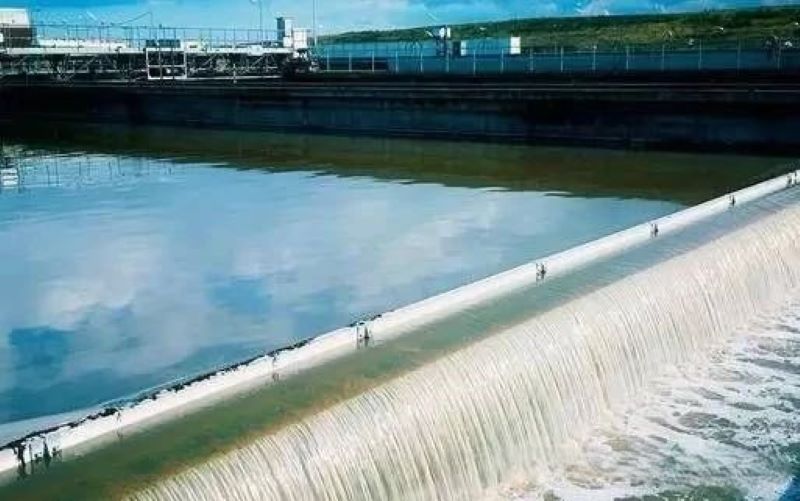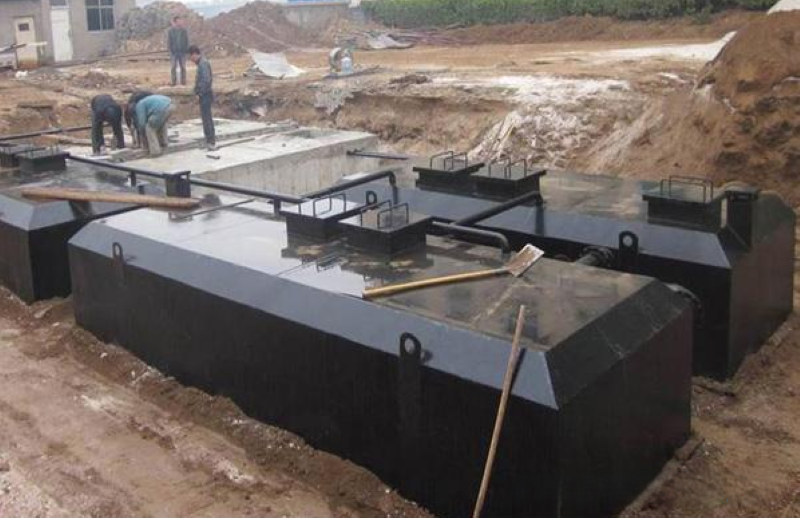Consultation hotline:
(+86)0532-88988868
(+86)0532-88988868
Sewage treatment: The process of purifying sewage in order to meet the water quality requirements for discharge into a body of water or reuse. Sewage treatment is widely used in various fields such as construction, agriculture, transportation, energy, petrochemical, environmental protection, urban landscape, medical treatment, catering, etc., and is increasingly entering the daily life of ordinary people.

Primary treatment
The main purpose is to remove suspended solid pollutants from sewage, and most physical treatment methods can only meet the requirements of primary treatment. After primary treatment, sewage can generally remove about 30% of BOD, which does not meet the discharge standards. The first level processing belongs to the preprocessing of the second level processing.
The entire process involves the raw sewage passing through a coarse grid, being lifted by a sewage lifting pump, then passing through a grid or sand filter before entering a sedimentation tank. The sewage separated by sand and water then enters the primary sedimentation tank, which is the first level of treatment (i.e. physical treatment). The methods used in this step include screening retention method - sieve mesh, grid filtration; Gravity separation method - sedimentation tank, settling tank, oil separation tank, air flotation tank, etc; Centrifugal separation method - cyclone separator, centrifuge, etc.
Secondary treatment
Mainly removes colloidal and dissolved organic pollutants (BOD, COD substances) in sewage, with a removal rate of over 90%, to meet the discharge standards for organic pollutants.
The effluent from the primary sedimentation tank enters the biological treatment equipment, which includes activated sludge method and biofilm method. The reactor of activated sludge method includes aeration tank, oxidation ditch, etc. The biofilm method includes biological filter, biological turntable, biological contact oxidation method and biological fluidized bed. The effluent from the biological treatment equipment enters the secondary sedimentation tank, which is disinfected and discharged or enters the tertiary treatment. The first stage treatment ends at this point, which is the secondary treatment.
The main treatment object of the factory industrial integrated domestic sewage treatment equipment is the chemical substances that cause serious environmental pollution. The discharged waste liquid is carefully filtered and cleaned up, including slag, sediment, biological sludge, etc. Biological sludge is very important among them. If it settles too much, it is difficult to clean up and occupies most of the area of the sewage tank. When dealing with this sludge, it should be treated first.

Tertiary treatment
Further processing of recalcitrant organic matter, nitrogen, phosphorus, and other soluble inorganic substances that can lead to eutrophication of water bodies. The tertiary treatment includes biological nitrogen and phosphorus removal, coagulation sedimentation, sand filtration, activated carbon adsorption, ion exchange, and electrodialysis. Part of the sludge from the secondary sedimentation tank flows back to the primary sedimentation tank or biological treatment equipment, while another part enters the sludge concentration tank and then enters the sludge digestion tank. After passing through dewatering and drying equipment, the sludge is finally utilized.
In the chemical treatment of wastewater, activated sludge process is an important treatment method. The main operation process is based on organic pollutants in sewage, and under special conditions of continuous oxygen supply, various microorganisms are mixed and continuously cultured to form activated sludge. The microbial community in sewage removes toxic and harmful organic pollutants through adsorption, condensation, decomposition, precipitation, oxidation, and the formation of activated sludge, thereby further purifying sewage.


